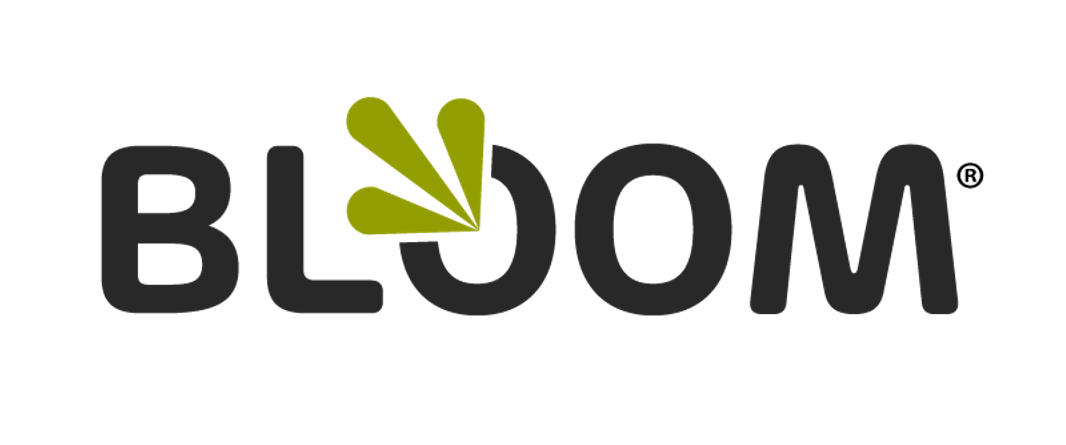Implement BLOOM Performance Management System in 5 Easy Steps
5 Steps to Implement the BLOOM® Performance Management System
Each of the implementation steps builds on the previous phases so that you will have all the right pieces in place when you introduce BLOOM® to your employees:
Create wage scales
Create training classes/programs
Enter role descriptions
Enter employee data and define and enter individual employee goals
Create and enter strategic initiatives, objectives, goals, and action steps
Step 1: Create Wage Scales
Using your performance management system to keep track of wage scales is essential if you want to monitor the wage analysis for some or all of your employees. Although this step is optional, we strongly recommend including compensation data so that you will be able to easily identify top performers in your organization as well as those who are not pulling their weight.
Step 2: Create Training Classes/Programs
Training classes and programs provide opportunities for employees to gain knowledge, which ultimately benefits the organization. Enter training opportunities and requirements in BLOOM® and later connect the classes and programs with one or more role descriptions to ensure that employees continue to develop the skills and knowledge they need to work effectively.
Step 3: Enter Role Descriptions
Role descriptions are critical to any performance management system. They enable employees to understand exactly what their position entails, and managers and leaders to delegate responsibilities, determine compensation, and conduct performance reviews.
Step 4: Enter Employees and Define and Enter Individual Employee Goals
Employees are the heart of your organization, and they are the heart of the BLOOM® performance management system, too. Once you reach this step you will begin to clearly see how BLOOM® reveals the bigger picture; you will see which employees fill each role, how their compensation compares – an indicator of who is ready for a promotion and who has a ways to go – and how they contribute to your company’s strategic growth.
Step 4 is also a time to enter individual development goals, too. Including these goals is optional, though they provide another chance for employees to engage the organization, see how their ambitions contribute to the company’s mission and vision, and have a sense of ownership.
Step 5: Create and Enter Strategic Initiatives, Objectives, Goals and Action Steps
The company’s mission and vision provides guidance at a macro level, and how that mission is carried out requires detailed initiatives, objectives, goals, and action steps. Make the most of the opportunity BLOOM® provides for you to keep track of your strategic plan – including assigning tasks and deadlines to teams, roles, and employees. When employees see where they fit into the bigger picture they understand how valuable their work really is.
Putting It All Together
For any performance management system to have an impact on your business it must be used effectively and consistently. BLOOM® is no different. Your managers must understand the importance of strategic performance management, be able to use the system, and see it as an asset to their work since BLOOM® provides a place for them to keep track of team data, log performance notes, and track employee goals.
The BLOOM® team has extensive experience in human resources and will guide you through the five steps of implementation. Contact us for more information or to schedule a demonstration.
